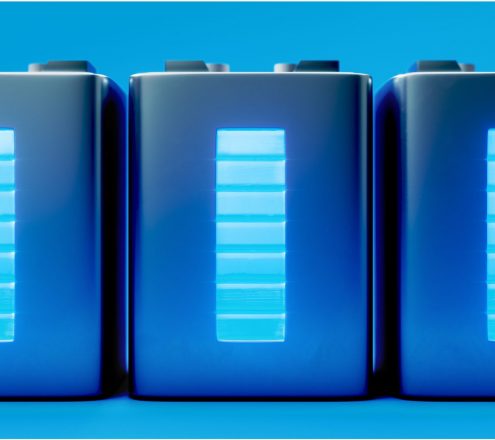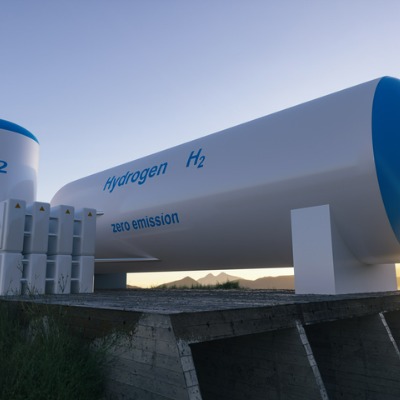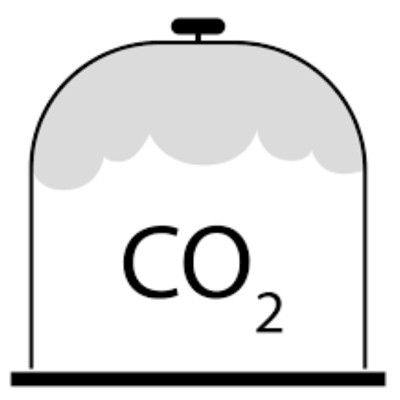Home » Industries » Electric Power
Electric Power
We’ve been supplying mesh solutions for fuel cells, batteries, electrolyzers, and other clean energy sources for 25 years. We pioneered the technology often referred to as ‘Cold Bond’ in the industry – which provides rigidity and improved conductivity to the mesh in electrical applications.
Wire mesh is particularly suitable in these applications; depending on the weave it can have a very large surface area compared with foils and other flat metals while providing a level of flexure that these materials can’t. It is particularly effective when used in impregnation applications when a coating is applied or holding a slurry.
We source mesh from a wide variety of locations and also weave high-value alloys in the United States and Europe, enabling our customers to shore up their supply chains and have all manufacturing processes from wire, weaving, slit coils, cutting to size, and assembling the finished product completed in the domestic market.
Fuel Cells
The main types of fuel cells are listed below;
- Polymer Electron Membrane (PEMFC)
- Solid Oxide (SOFC)
- Alkaline (AFC)
- Molten Carbonate (MCFC
- Phosphoric Acid (PAFC)
- Direct Methanol (DMFC)
The first two fuel cell types make up 75% of the market, and the last two are emergent technologies that can provide significant reliability and efficiency benefits as they move to commercialization.
We provide solutions for different types of fuel cell stacks to a range of manufacturers. The porosity, conductivity and shape of wire mesh and cloth means it can be used in a variety of different applications within the Membrane Electrode Assembly (MEA) Stack. The ‘peaks’ in the mesh provide depth that can penetrate more into the application and can withstand a considerable amount of flex without losing contact with active materials. We have developed specific mesh solutions to enhance the performance in the following areas:
- Gas Diffusion Layer
- Electrode current collector
- Catalyst / Electrolyte substrate
Nickel and Nickel based alloys are most commonly used, including Crofer 22 H – UNS S44535 (DIN 1.4760), Ni 99.6% – S44535 (DIN 2.4060) and Duranickel. Other alloys (e.g. stainless, copper, aluminum, titanium, and other precious metals) are available based on the specific chemistry requirements.
When customers come to us, our application engineers work collaboratively together with them to develop the best solution for their application. We can provide a range of solutions from multi-layer sintered products – to single layer weaves that offer similar characteristics to multi-layer laminates or foil based products. Getting involved at the start of the project allows us to provide the lowest cost solution while meeting performance.
Batteries
We supply wire mesh and cloth to battery customers manufacturing primary and secondary batteries. It can be used as an electrolyte substrate or an electrode current collector. Wire mesh and cloth are particularly suitable for these applications since they have an open area which allows for higher volumetric power densities, thus proving more effective compared to carriers made from a solid foil or other material.
Nickel is commonly used in electro-chemical applications, but other specifications often requested – AISI 304L, DIN W. 1.4306, AISI 316L, DIN W. 1.4404, Hastelloy C22, DIN 2.4602. However, our application engineers will work with you to determine the best alloy, mesh count, weave and porosity specifications for your requirements.
Electrolyzers
Hydrogen production using electrolysis is increasing and fast becoming the way to produce clean (green) hydrogen. A reverse of the technology used in fuel cells, hydrogen is produced by running a (renewable) electric current through water in an Electrolyzer cell and separating the liquid into oxygen and hydrogen. The hydrogen can be compressed to either a compressed gas or liquid form and stored for when it’s needed – either to power a fuel cell or hydrogen driven combustion engine.
There are different types of electrolyzer technology in mainstream use today. The most common are PEM, Alkaline and Solid Oxide electrolyzers.
- PEM
- Proton Exchange Membrane: Solid polymer electrolyte
- Temperature Range: Low – up to 80°C
- Alkaline
- Liquid electrolyte: Potassium Hydroxide (KOH), Sodium Hydroxide (NaOH), and water
- Temperature Range: Low – up to 80°C
- Solid Oxide
- Solid Ceramic Material
- Temperature Range: High – Above 500°C
Identical to its use in fuel cells, wire mesh offers many benefits in the different areas of an electrolyzer. The shape of wire mesh, porosity of the weave, together with a mechanical bonding process, give it a consistent depth of material, enhancing conductivity and giving great flexibility while still maintaining contact. This leads to a very controllable and repeatable product, which can be used in the Porous Transport Layer (PTL), electrode current collector or cell stack.
In a PEM electrolyzer cell, Titanium mesh is used when dispersing hydrogen through the PTL on the anode side where the flow field material must be conductive, corrosion resistant, not-ion leeching and allow easy water flow-through. Iridium or Palladium is often used as a catalytic reactor, coated onto the mesh.
For Electrolyte Substrate applications in the electrolyzer stack, – a much finer mesh (high mesh count, meaning more wires per square inch and small micron opening) is sometimes used. This provides many points of contact for electrical flow, with the peaks and valleys maximizing the surface area for coating while still providing porosity.
Specifying the optimum mesh design requires evaluating many different parameters. The alloy type, processing steps, weave design and wire diameter of the mesh can alter the micron rating without changing the mesh count. Our application engineers can work with you to develop the right solution for your design.
Direct Air Carbon Capture
Solid Sorbent Direct Air Capture (DAC) is one of a number of Carbon Dioxide Removal (CDR) technologies that can assist in reaching global climate goals. Carbon Dioxide (CO2) is removed from the atmosphere and either stored securely underground or re-used as a feedstock for new products such as plastics, cement or low carbon fuels.
CO2 is removed from the air through a chemical reaction in the following process:
- Atmospheric air is pulled through a chamber by a fan or other means.
- In the chamber is a chemical sorbent media, encapsulated by a mesh filter.
- The CO2 becomes chemically bonded to the media, and CO2 free air flows out of the chamber.
- The filter is then heated, which releases the captured CO2 into a vessel.
Chemical Sorbents can be aqueous alkaline solvents or adsorbents, such as silica, zeolite and other compounds. Gerard Daniel can support the chemical sorbent media with a wide range of mesh sizes, weaves and alloys. To discuss the best media size and selection for your design, contact one of our application engineers.



